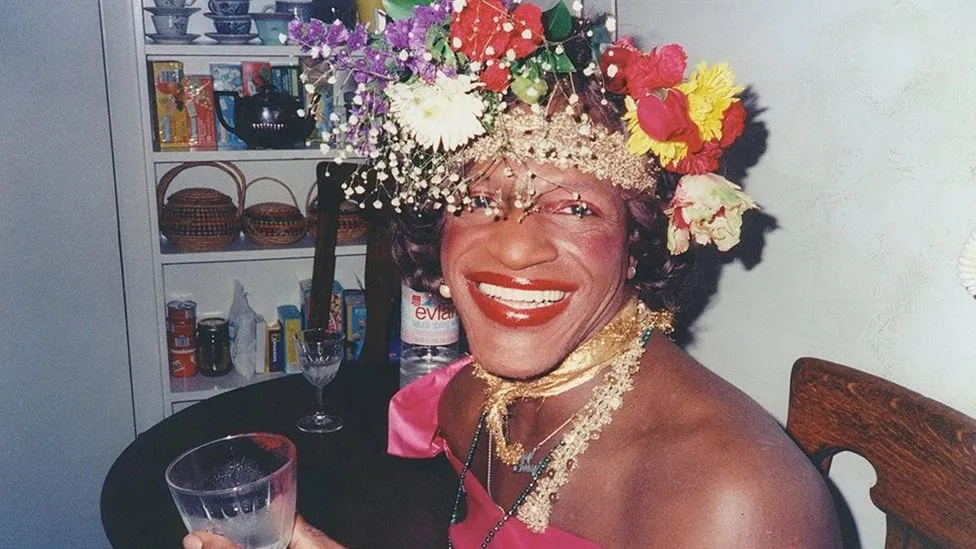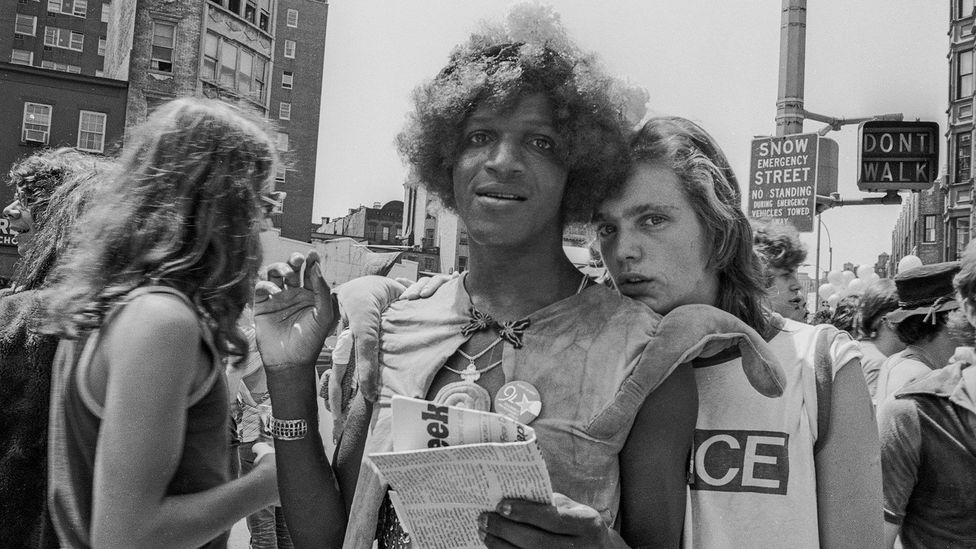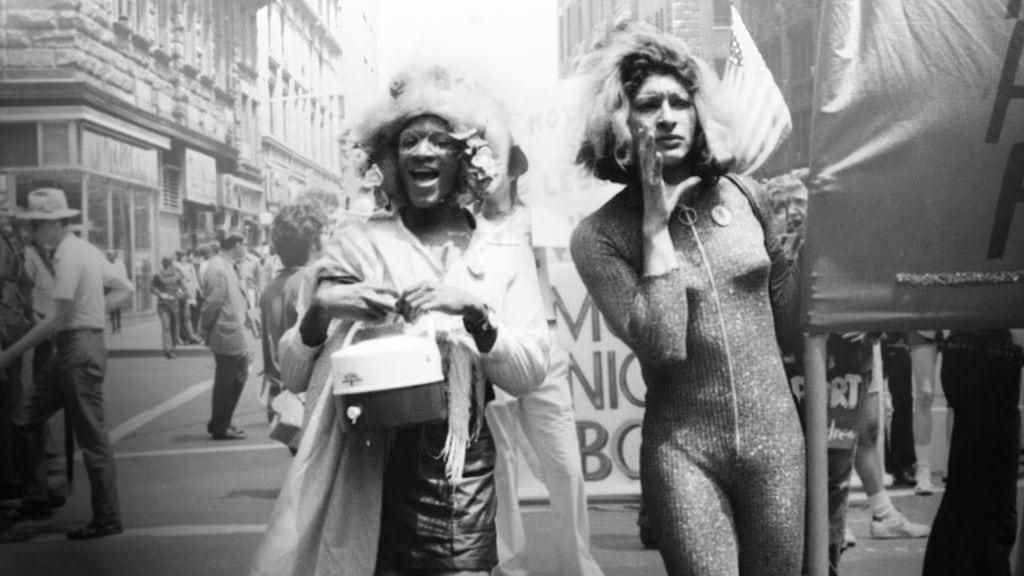Stonewall
How the Stonewall uprising ignited the pride movement 🌈





The Stonewall riots, also known as the Stonewall uprising, Stonewall
rebellion, or simply Stonewall, were a series of spontaneous protests by
members of the gay community in response to a police raid that began in
the early morning hours of June 28, 1969, at the Stonewall Inn in the
Greenwich Village neighborhood of Lower Manhattan in New York City.
Patrons of the Stonewall, other Village lesbian and gay bars, and
neighborhood street people fought back when the police became violent.
The riots are widely considered the watershed event that transformed the
gay liberation movement and the twentieth-century fight for LGBT rights
in the United States.
As was common for American gay bars at the time, the Stonewall Inn was
owned by the Mafia. While police raids on gay bars were routine in the
1960s, officers quickly lost control of the situation at the Stonewall
Inn on June 28, 1969. Tensions between New York City Police and gay
residents of Greenwich Village erupted into more protests the next
evening and again several nights later. Within weeks, Village residents
organized into activist groups demanding the right to live openly
regarding their sexual orientation, and without fear of being arrested.
The new activist organizations concentrated on confrontational tactics,
and within months three newspapers were established to promote rights
for gay men and lesbians.
A year after the uprising, to mark the
anniversary on June 28, 1970, the first gay pride marches took place in
Chicago, Los Angeles, New York, and San Francisco. Within a few years,
gay rights organizations were founded across the US and the world.
Today, LGBT Pride events are held annually worldwide in June in honor of
the Stonewall riots.